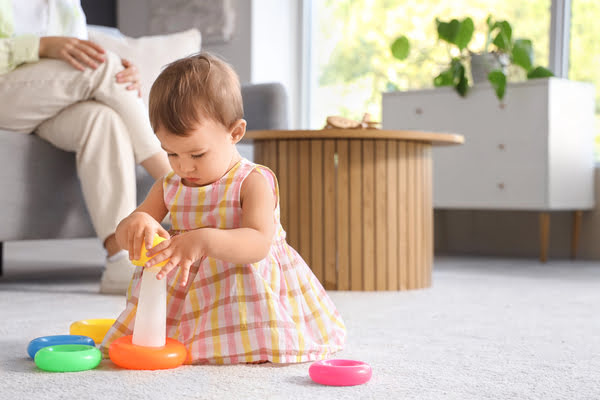14 Fearful-Avoidant triggers (With examples & core wounds)
The Fearful-Avoidant (FA) or Disorganized attachment style is an insecure type of attachment style in which a person both wants and fears connection intensely. FAs have high avoidance, associated with distance-seeking or deactivating strategies, and high anxiety, associated with closeness-seeking or hyper-activating strategies.1Mikulincer, M., Shaver, P. R., & Pereg, D. (2003). Attachment theory and affect …









